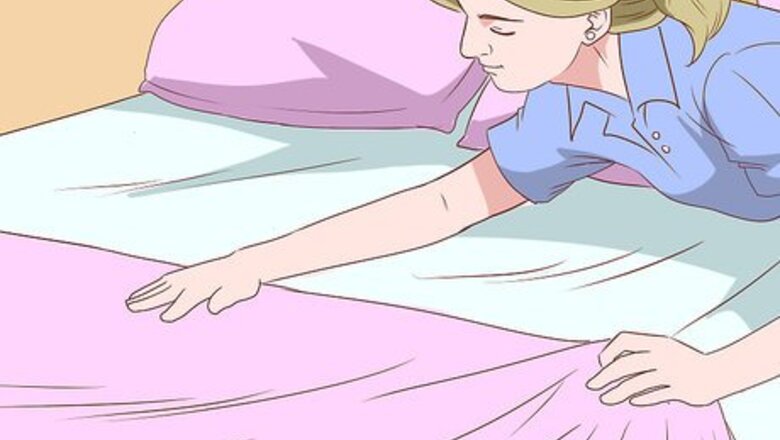
views
Performing a Hydrogen Peroxide Cleaning
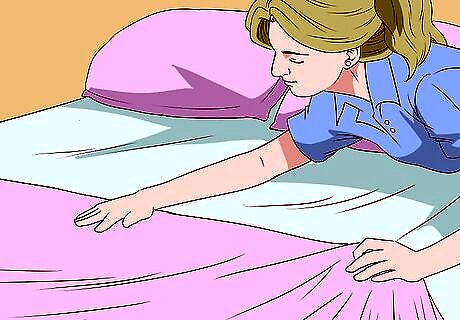
Set up a station for ear cleaning. You’ll be lying down during the ear cleaning, so it’s important to gather all necessary supplies and bring them within arm’s reach. Lay a towel on the floor for your head to rest on. Then, about a foot away, set up everything you'll need: A small bowl of 3% hydrogen peroxide A medicine dropper or syringe A hand towel or tissues

Lie on your back with your head turned to one side. Lie on your back with your head on the towel you laid out on the floor. Tilt your head to the side such that the ear you’d like to clean is facing the ceiling.
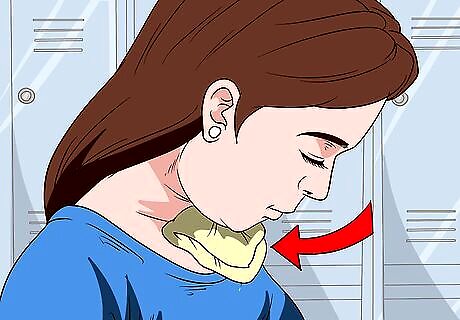
Put the hand towel or tissues on your shoulder. Before you start cleaning, place the hand towel or tissues on the shoulder of the ear you’ll be treating. This will protect your clothes from staining and catch the solution you’ve used to wash your ear. You may also want to put a piece of plastic under the towel before you get started. This will help to protect your clothes and floors from getting soiled.
Drip 1-3ml of 3% hydrogen peroxide into your ear. Draw up 1-3ml of 3% hydrogen peroxide solution with the dropper, and drip it into your ear canal. You may hear and feel some fizzing, which is perfectly normal. Though it may feel a little ticklish, try to relax. Let the solution stay in place with your ear still turned for 1 minute. If helpful, you can pull on the top edge of the ear to open the ear canal more as you insert the drops. Don’t press the dropper down into your ear canal when administering the drops. Your ear canal is sensitive and prone to damage with too much pressure.
Drain your ear onto the hand towel. When time is up, take the hand towel or tissues on your shoulder and hold it over your upturned ear. Sit up, turning your head against the towel to drain the solution and excess earwax, which should be visible. Dry the exterior of the ear with the towel as necessary. Repeat the cleaning regimen on the other ear.

Use the shower method when short on time. If you’re running short on time, place a few drops in the affected ear and recline on the opposite side for a few minutes. Then, take a warm shower, using the warm shower water and a bulb syringe to flush and clean your ear.
Using Caution with Peroxide
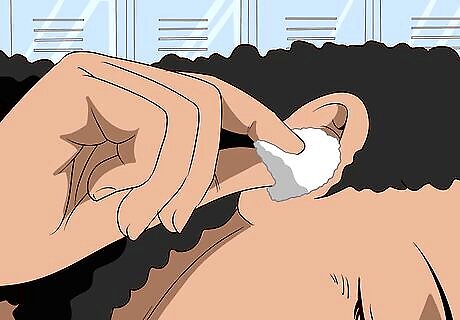
Clean your ears with hydrogen peroxide 2-3 times a week to prevent buildup. Earwax is normal and helps keep your ears moisturized and healthy. Still, if you’re prone to wax buildup, estimate how many times a year your ears/hearing get completely blocked. If you experience a blockage twice a year, clean your ears twice a week; if you experience 3 blockages a year, clean your ears 3 times a week. Talk to your doctor about cleaning your ears as well. Cleaning your ears at home can cause damage, so you may want to discuss your reasons for wanting to do regular cleanings with your doctor. Ask your doctor about ear cleaning kits, such as Debrox.

Avoid using cotton swabs in your ears. Earwax normally only coats the outer third of your ear canal, but cotton swabs actually push earwax deeper than it is meant to go. Over time, this can cause impacted earwax blockages near your eardrum that actually interfere with hearing. Doctors also advise against using cotton swabs to clean your ears, as well as other objects such as hairpins.
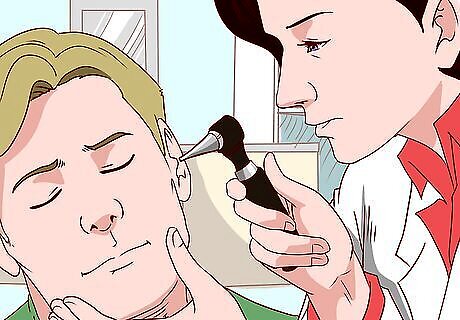
See the doctor for ear pain or discharge. While earwax is normal, any excess wax that is accompanied by ear pain should be investigated by a doctor. It’s also important to see a doctor if you notice any clear-, white, yellow-, or bloody-looking discharge coming out of your ear. An ear that is hot to the touch or accompanied by a fever is also a reason to schedule an appointment.












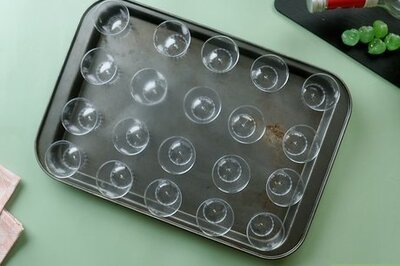




Comments
0 comment